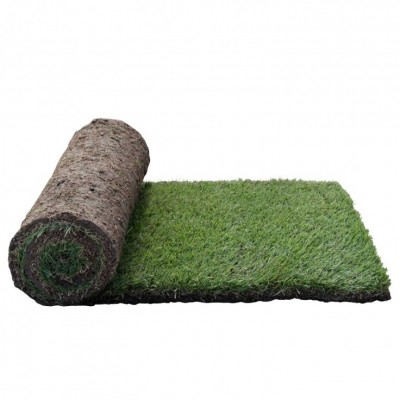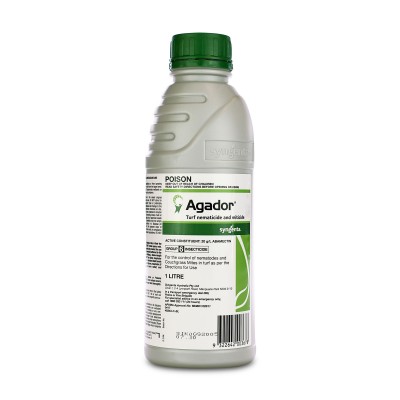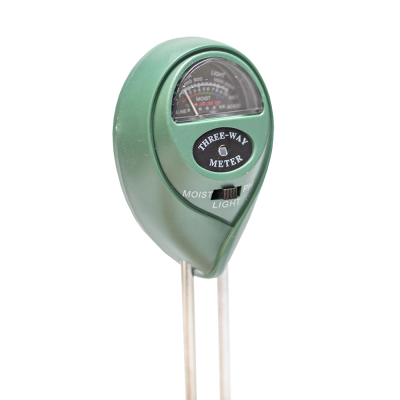Kikuyu Grass
Pronunciation
Kuh koo yoo
Pennisetum Clandestinum
Kikuyu grass is native to the highland regions of East Africa. Kikuyu is most well known for being a highly invasive and aggressive grower and it is this trait that makes it suitable in some cases as a home lawn.
With the ability to perform in most Australian climates, Kikuyu can stand up to a wide range of conditions. Kikuyu can be a good option for both home lawns and larger spaces such as racecourses or parks and is also used as pasture for livestock grazing. It was introduced into Australia for this reason, as a robust pasture grass for cattle.
If you’re looking for a grass that is an economical all-rounder, then Kikuyu could be an option for you.

Key Characteristics
Kikuyu thrives in a sunny aspect and handles full sun. It is able to establish a strong, deep root base which helps it stand up to the hot summer days and provides acceptable drought tolerance.
- Strong, deep root base
- Poor shade tolerance
- Highly invasive, quick repairing
- Acceptable drought tolerance
Kikuyu spreads through vigorous growth by both stolons and rhizomes, making it a common option for larger areas and for erosion control. Due to its strong vertical and sub-surface growth habits, it can easily invade and spread throughout your garden and becomes very difficult to control.

Kikuyu can grow in a wide range of soil types, but performs at its best in fertile, light to medium textured soil with moderate drainage and salinity levels. The ideal soil pH for Kikuyu is 5.5-7.0, but it can tolerate levels as low as 4.5.
Being a warm season turf variety, Kikuyu prefers growing temperatures between 15 and 25 degrees Celsius but can manage in conditions much hotter. During winter, Kikuyu will go into a certain level of dormancy and will stop growing when exposed to frost.
Kikuyu is not a great performer in low light or shaded areas and will require at least 5-6 hours of direct sunlight in order to thrive.
Important points for installation of Kikuyu Grass
- Install the grass as soon as possible after delivery
- Lay on a bed of 100mm of quality turf underlay
- Use Lawn Solutions Australia Lawn Launcher at label rates to give the grass a head start and retain moisture in the new soil bed
- Roll to compact new turf to improve contact with the soil
- Soak the newly laid turf thoroughly for 10-14 days after installation or until established
- Reduce irrigation once established and water only when the grass appears to be dry
- Minimise irrigation in the cooler months to avoid your lawn getting waterlogged
- Consult your local supplier for seasonal advice on installation timing in cooler regions
Kikuyu Grass Maintenance
Irrigation
it is important to be mindful of correct and efficient irrigation practices to maintain a healthy kikuyu lawn.
- If watering is necessary once established, water only when there are signs of the grass drying out, e.g. wilted leaves
- Do not water in the cooler winter months unless there are signs of the above
- If irrigation is needed, deeply soak the top 100mm of soil (generally 30 minutes with a standard sprinkler will suffice)
- Water early morning for improved efficiency and plant health
Mowing
Kikuyu will require frequent mowing throughout the warmer months due to its aggressive growth habits. It’s important you mow regularly to ensure you don’t remove more than one third of the leaf in one pass.
- Ensure that mower blades are sharp to prevent tearing of the leaf
- Never remove more than 1/3 of the leaf blade at any one time unless dethatching
- Dethatch if required in late spring for best results
Fertilising
Kikuyu is known to be highly responsive to nitrogen and can see a strong flush of leaf growth when a high amount of nitrogen is applied. For this reason, we recommend applying a slow release fertiliser during the warmer months to ensure leaf growth doesn’t quickly get out of hand.
- Apply slow release granular fertiliser at a rate of 20-25g/m2 or 2-2.5kg/100m2
- For best results, fertilise at least 3 times per year. Important dates are late spring, mid to late summer and late autumn
- Always irrigate after applying fertiliser
- On new lawns, apply fertiliser after you have cut your lawn at least once
Weed and pest control
Most domestically available chemical weed and pest control products can be used on kikuyu lawns. However, most Winter Grass killer herbicides are not safe to use on Kikuyu and the use of Paspalum herbicides (containing DSMA) are limited to spot treatment only.
It is always best to read the label and check with your supplier for recommended products before any application.
Although a Kikuyu lawn’s initial cost can be lower than other varieties, it is important to consider the long-term maintenance and upkeep costs associated with this type of grass.
If you think Kikuyu is the right choice for your lawn, you can’t go past Australia’s number one Kikuyu Grass – Eureka Kikuyu. Eureka Kikuyu is available Australia-wide and is suitable for a wide range of areas.
Eureka Kikuyu Premium VG Grass is another great option if you are in Victoria as it has an improved ability to cope with the cooler winters than other types of kikuyu. This variety is exclusively available from Lawn Solutions Australia accredited turf suppliers in Victoria only.
You can find contact details for your local supplier here.


